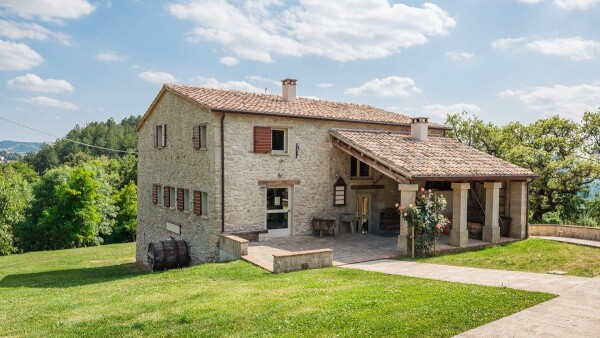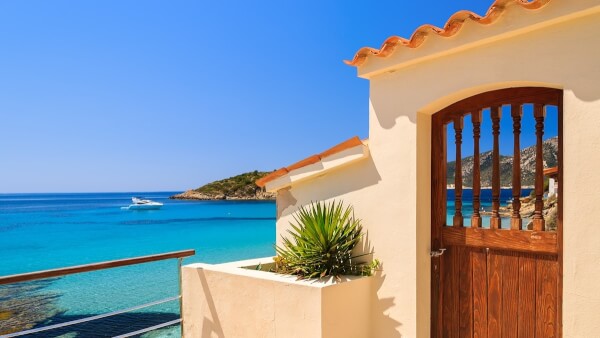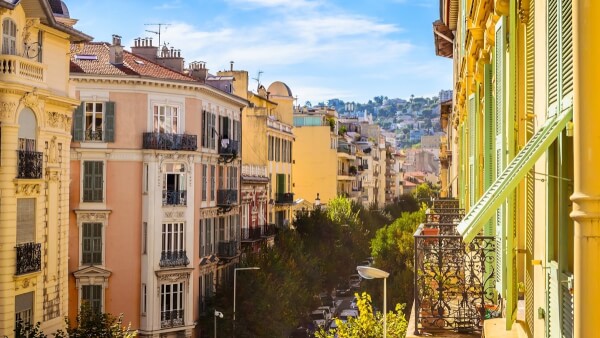Buying property in Austria as a foreigner
Read our comprehensive guide to buying property in Austria as a foreigner, including average prices, fees, taxes and where to start house hunting.

The 7000+ islands of the Philippines are a popular destination for expats, who might be tempted by the thought of owning property there. But wherever there’s property, there are taxes. Read on for a look at what property taxes you will face in the Philippines.
A property tax is any tax that you pay on property that you buy, sell, own or rent. Property in the Philippines means not just buildings, but land and even machinery as well. There are a number of taxes to pay if you have property in the Philippines, the key ones of which are outlined below.
There are taxes that you have to pay as a buyer or seller of property, and there’s a tax to pay each year you own a property as well. If you rent, you may have to pay tax to your landlord as part of your rental payments, too.
Foreigners face some different rules when it comes to buying property in the Philippines, but they pay taxes in the same way as Filipinos.
(Source 1 February 2018)
Property taxes can be broken down into:
Here’s a look at each of them in turn.
These are the sales taxes you have to pay in the Philippines:
(Source 1 February 2018)
Known elsewhere as stamp duty, the buyer has to pay this tax on property purchases. Technically, it’s charged on the necessary documents that a property sale entails, but in practice, it’s simply the largest tax that the buyer faces on the transaction.
(Source 1 Source 2 3 January 2018)
There’s also a different tax in the Philippines on the transfer itself.
(Source 1 Source 2 Source 3 3 January 2018)
This is a fee that’s paid to get the property ownership officially registered.
(Source 1 Source 2 3 January 2018)
The buyer is responsible for picking up the tab if any of the property’s yearly tax bill (explained in detail below) remains unpaid.
(Source 1 Source 2 3 January 2018)
The seller pays capital gains tax when the sale is made.
(Source 1 Source 2 Source 3 3 January 2018)
| Buyer | Seller | Cost | |
|---|---|---|---|
| Documentary stamp tax | ✓ | 1.5% | |
| Transfer tax | ✓ | 0.5%-0.75% | |
| Registration fee | ✓ | Around 0.25% | |
| Outstanding real estate taxes | ✓ | Varies | |
| Capital gains tax | ✓ | 6% |
There’s only one real maintenance tax on property in the Philippines, although if you rent out a property you may also have to pay income tax on the rent you receive.
This tax, known as RPT for short, is paid yearly by property owners or administrators.
It’s calculated by applying a local rate to the assessed value of the property. Here’s what that means:
(Source 1 Source 2 Source 3 3 January 2018)
Property owners in the Philippines may also have to pay tax on any rental income they receive if they let out their property.
(Source 1 Source 2 3 January 2018)
(Source 1 Source 2 Source 3 3 January 2018)
When buying a property, you should check with your notary regarding the proper payment of the taxes, and you can check the Board of Inland Revenue’s website as well. Don’t pay late or you may face fines.
Capital gains tax has to be paid within 30 days of the sale.
Real property tax has to be paid in full before the end of January if you want the cheapest rate, or otherwise in quarterly installments.
For sales taxes and rental income tax, check with the Board of Inland Revenue to find the forms you’ll need to fill out and confirm payment methods. They have dedicated sections on the sites below:
Real property tax is a local tax and usually has to be paid at the local office, so this is one tax you might need to make a trip for.
Some taxes in the Philippines might need to be paid over the counter at an office, but it may be possible to pay others online. If you don’t currently live in the Philippines, that means you’ll need to take care to avoid the hefty markups that can come with transferring money internationally if you use a bank.
Wise can provide the perfect solution. Rather than marking the exchange rate up by as much as 4-5%, as some banks do, Wise only ever uses the mid-market exchange rate - the only rate that’s fair. And it only charges one simple fee, stated upfront, so you know exactly how much the transfer will cost from the start.
Whether you’re looking to pay a bill directly or simply to transfer money to your own bank account in the Philippines, Wise usually works out a lot cheaper than an international bank transfer or a traditional money transfer service. Take a look now and see if you could save money with Wise.
Taxes are a handful to deal with in any country and can get especially complex if you’re living life internationally, so it pays to know the full picture. Good luck with your property in the Philippines.
| ----- |
| This publication is provided for general information purposes only and is not intended to cover every aspect of the topics which it deals. It is not intended to amount to advice on which you should rely. You must obtain professional or specialist advice before taking, or refraining from, any action on the basis of the content in this publication. The information in this publication does not constitute legal, tax or other professional advice from TransferWise Limited or its affiliates. Prior results do not guarantee a similar outcome. We make no representations, warranties or guarantees, whether express or implied, that the content is the publication is accurate, complete or up to date. |
*Please see terms of use and product availability for your region or visit Wise fees and pricing for the most up to date pricing and fee information.
This publication is provided for general information purposes and does not constitute legal, tax or other professional advice from Wise Payments Limited or its subsidiaries and its affiliates, and it is not intended as a substitute for obtaining advice from a financial advisor or any other professional.
We make no representations, warranties or guarantees, whether expressed or implied, that the content in the publication is accurate, complete or up to date.

Read our comprehensive guide to buying property in Austria as a foreigner, including average prices, fees, taxes and where to start house hunting.

Getting ready to buy a property abroad? Read our guide on mortgage for overseas property, including the application process and costs involved.

How much does it cost to build a house in Italy as a UK expat? Find out in our essential guide, covering everything you need to know.

How much does it cost to build a house in France as a UK expat? Find out in our essential guide, covering everything you need to know.

How much does it cost to build a house in Spain as a UK expat? Find out in our essential guide, covering everything you need to know.

Thinking about renovating a house in Franec? We'll uncover the pros, cons, average costs, necessary permits and more.